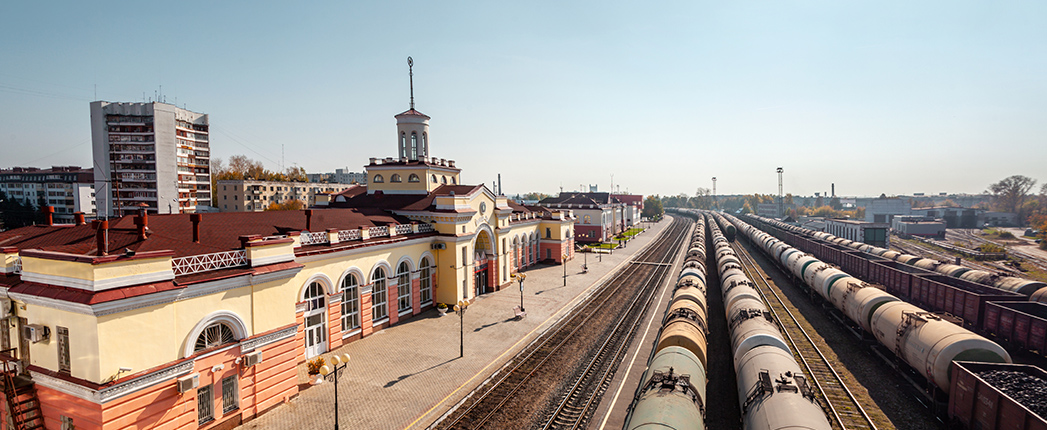
Russia’s base oil exports by rail increased 15% in March compared to February, primarily driven by the tight base oil market in Europe for multiple medium and heavy grades, the base oil trading company DYM Resources said.
In the first quarter of 2021, the country’s base oil export shipments by rail reached 328,000 tons, up 3% from the same quarter of 2020.
Russia does not publish open data on its base oil production or exports. Specific data on petrochemical production, exports and imports can be purchased from the Central Dispatching Department of the Fuel and Energy Complex (CDU TEK), a branch of the state Russian Energy Agency.
DYM is a trading company that moves base oils from refineries located in the European part of Russia and has insights on shipments made primarily by rail.
Russia’s base oil exports seemed to reach a low point in January and February, but in March they rose 15,000 metric tons to 113,000 tons, the company said.
“March 2021 rail loadings increased by 15% compared to the same month in 2020 and the biggest figure since at least 2015,” Denis Varaksin, sales manager for base oils and waxes at DYM Resources, told Lube Report.
“Considering the fact that a few plants were on maintenance, it is significant growth,” he added.
The March export increase was driven mostly by the Russian oil major Lukoil.
“After a maintenance-caused drop in January, base oil exports by rail of Lukoil’s refinery in Volgograd increased for second month in a row,” Varaksin said. “In March, Volgograd refinery exported 27,000 tons of base oils which is 22% more compared to February.”
The Volgograd refinery has capacity of 270,000 t/y of API Group I and 30,000 t/y of Group III base oils. In January, Lukoil unveiled a new fractionation unit for production of Group II base oils. Officials noted that the base oil output from the 220,000 t/y capacity plant is focused in a narrow viscosity range around 150 neutral. Varaksin said the new plant now sells products with viscosities of 5 centiStokes and 7 cSt.
In March, Lukoil’s refinery in Perm exported 26,000 tons of base oils, which is 15% more than in the previous month. The refinery has capacity to make 480,000 t/y of Group I base oils.
Rosneft’s Angarsk refinery exported 10,000 tons of base oils in March, a 40% increase compared to February. Angarsk has capacity to make 230,000 t/y of Group I base oil.
The refineries operated by Gazprom Neft decreased export rail loadings in March, compared to February. “Omsk refinery decreased by 1,120 tons and Yaroslavl by 1,480 tons. Both base oil units had maintenance work during March,” Varaksin said.
Omsk refinery has capacity to produce 260,000 t/y of Group I base oils. The refinery in Yaroslavl is owned by Slavneft, a 50-50 joint venture between Gazprom Neft and Rosneft, and it features a 150,000 t/y of Group I and 100,000 t/y of Group III base oil capacity.
The most considerable increase in the March rail shipments were registered at the ports of the Russian enclave of Kaliningrad and Liepaja, Latvia. Kaliningrad saw 33% more Russian base oil exports, and Liepaja handled 58% more, compared to February. Ukraine is another important destination. In March, Russian exports to this country increased by 25%, compared to February.
“The increase to the West was caused by extreme tightness in the base oils market, especially in [solvent] neutral grades starting from SN350, SN400 and SN500 and to heavy grades, such as SN900, SN1200 and bright stock, or BS-150. When key Western suppliers struggle to offer any product on the spot, Russia remains one of the few outlets where base oils are still available for spot purchase,” Varaksin said. In March, loadings to the Russian domestic market by rail were 144,460 tons, up from 117,730 tons in February. All refineries except those in Omsk and in Ufa, which is operated by Bashneft, increased their rail loading to the domestic clients, according to DYM.